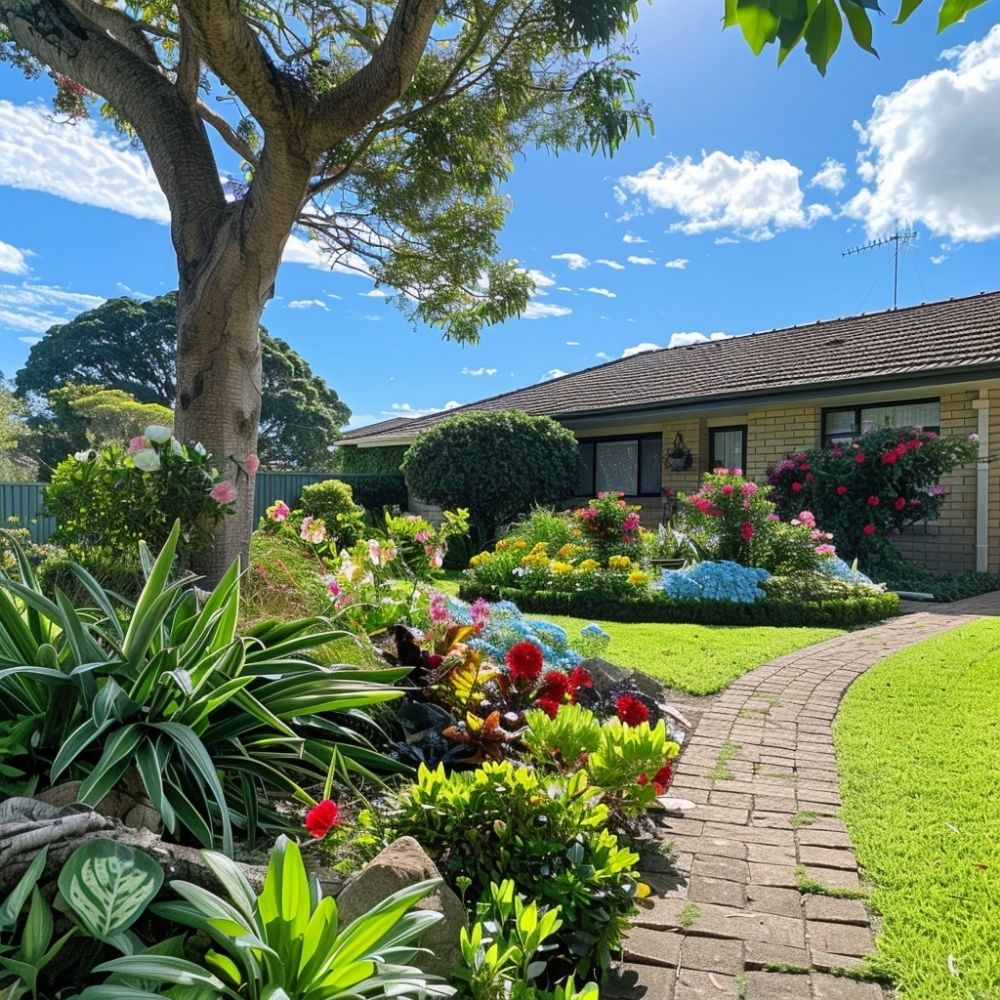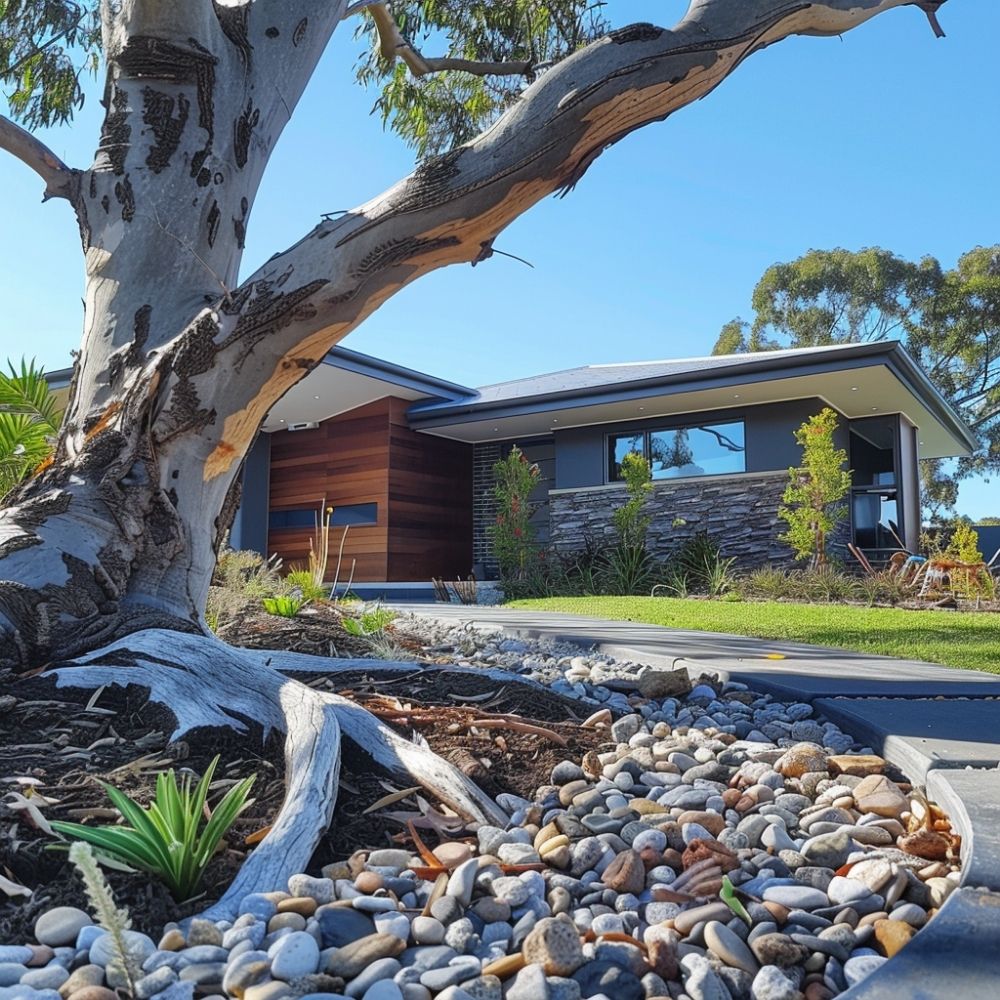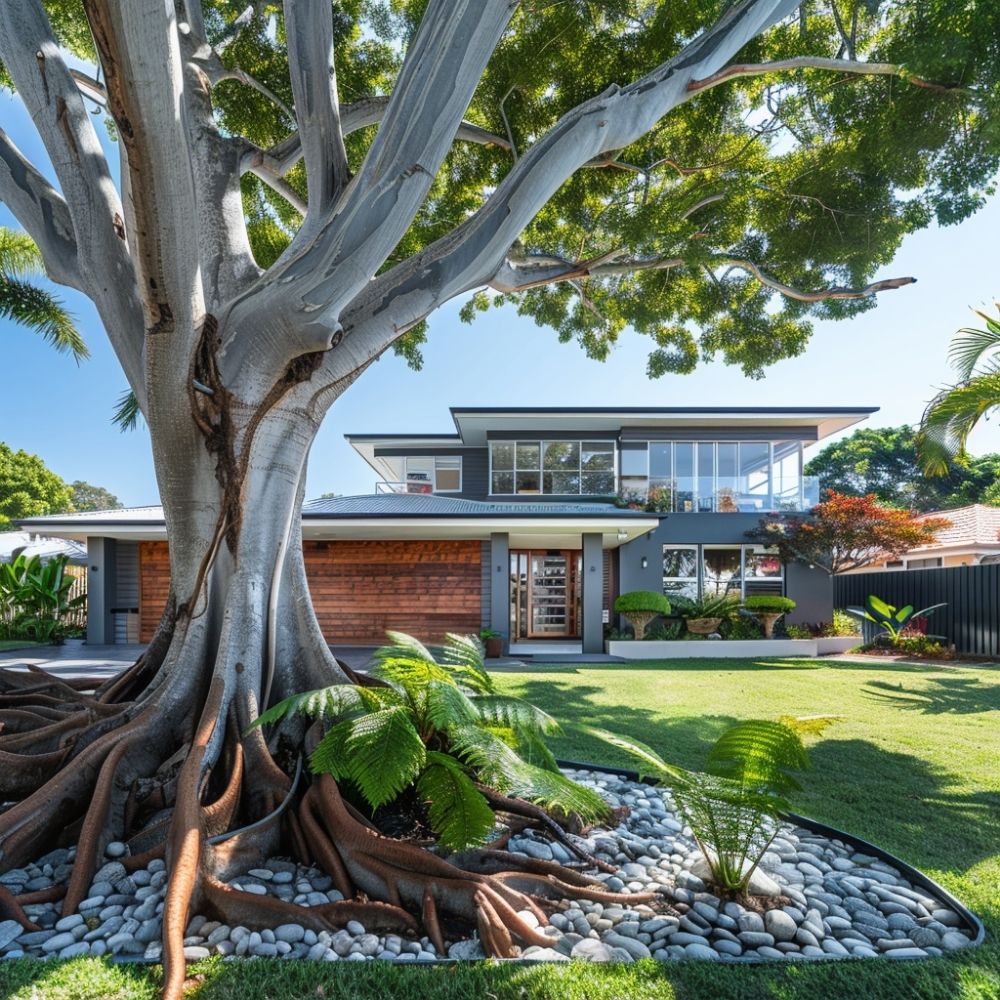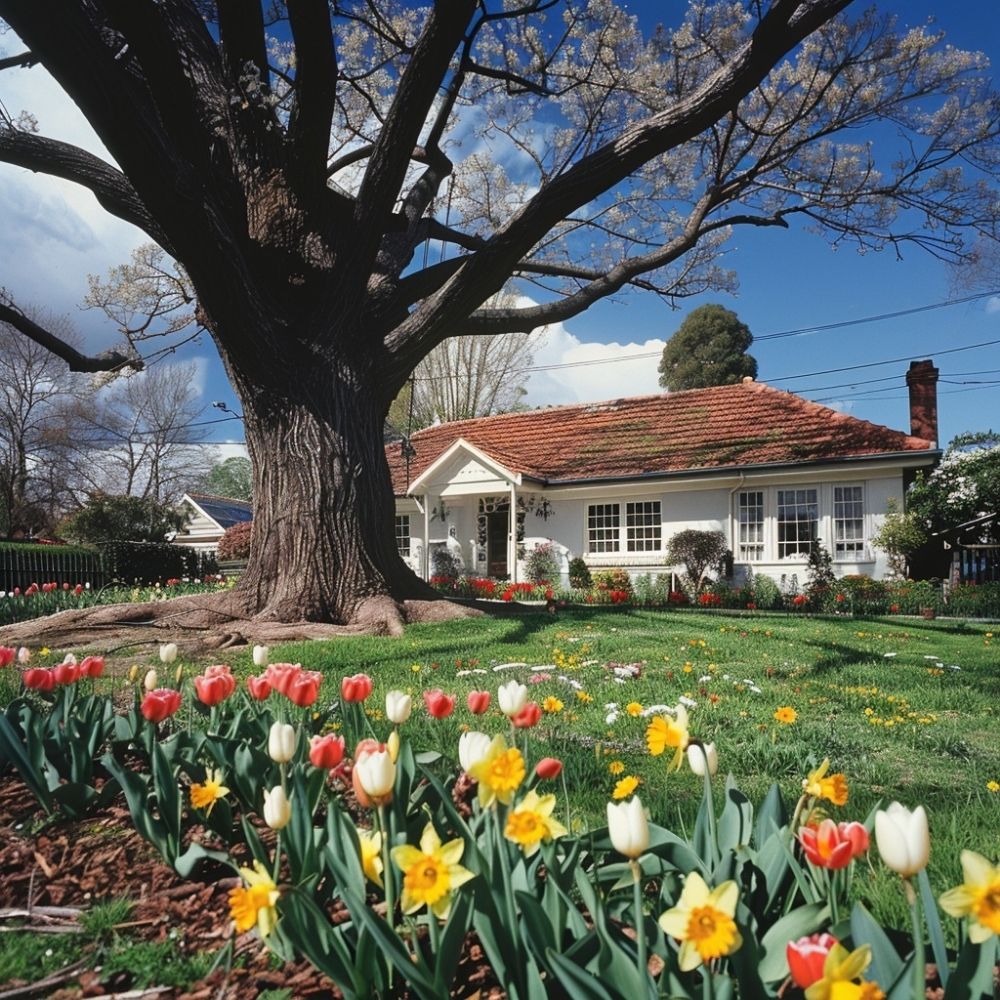Struggling with exposed tree roots in your garden? You’re not alone. As trees grow, their roots can become a major headache, making it challenging to maintain a pristine landscape. But don’t worry – those gnarly roots can actually become a stunning feature in your outdoor space.
By embracing the natural beauty of tree roots, you can transform your garden into a unique and visually appealing haven. Whether it’s creating a rock garden or planting vibrant flowers, there are plenty of creative solutions to integrate those roots seamlessly into your landscaping ideas.
Let’s explore some innovative ideas that will not only solve your landscaping woes but also enhance the charm of your garden.
Understanding Tree Roots in Landscaping
The Importance of Protecting Tree Roots
Exposed tree roots can suffer damage easily from lawn equipment and foot traffic. Damaged roots make the tree vulnerable to disease and insect infestation. Keeping the soil around the roots moist and free from compaction helps maintain their health.
Mulching is a beneficial practice. It insulates roots from extreme temperatures, retains moisture, and suppresses weeds. Apply mulch in a ring around the tree, ensuring it’s 12 to 18 inches away from the trunk. This method protects the roots while allowing the tree to thrive.
Assessing the Area Around the Tree
Before landscaping, evaluate the soil type and surrounding environment. Different plants have varying soil requirements. Check if the soil can support your chosen plants. Avoid compact soil, as it restricts root growth and water absorption.
Identify nearby trees or shrubs. Their root systems may well compete for nutrients and space. Choose plants that coexist well with the tree’s roots. Ground covers, like foxtail ferns, work well around many trees, providing both protection and visual appeal.
By understanding and protecting tree roots, you create a healthier landscape.
Design Ideas for Landscaping Around Trees
Creating a Shade Garden

Shade-loving plants thrive under large trees. Consider planting hostas, coral bells, and impatiens. These plants provide variety in texture and colour. Add ferns for a lush, green backdrop. Use contrasting foliage to bring life to shaded areas.
Incorporating Decorative Rocks and Mulch

Use a rock border to define the space around the tree. Select rocks in varying sizes for visual interest. Spread mulch to retain moisture and suppress weeds. Bark chippings or slate work well. Ensure you leave space around the tree base to avoid rot.
Adding Functional Elements Like Seating and Paths
Create a seating area under the tree for relaxation. Install a bench or garden chair. Choose materials that complement your garden’s style.
Add a path leading to the seating area, utilising gravel or stepping stones. This makes navigation easy and pleasant.
Front Yard Landscaping Ideas Around Tree Roots
Landscaping around tree roots involves careful planning. Start by assessing the root system to avoid damage. Consider planting shade-tolerant plants like ferns and hostas, which thrive in low light.
Add visual interest by incorporating decorative rocks landscaping. Rocks protect roots and reduce erosion. Use mulch to retain moisture and suppress weeds around the base.
Create functional spaces like seating areas. Place benches or chairs to enhance usability. Paths can guide movement and protect tree roots from foot traffic.
Choosing Plants for Around Tree Roots
Suitable Shade-Loving Plants

Selecting plants that thrive in the shade is essential when planting around tree roots. Ferns, for example, offer lush greenery and require minimal sunlight.
They are resilient and adapt well to various soil conditions. Hostas are another great option, known for their broad, attractive leaves and low maintenance requirements.
Many shade-loving plants are perfect for adding texture and interest around tree bases. Astilbes produce feathery plumes of flowers and can brighten up shaded areas.
Bleeding hearts also do well in shaded spots and add a touch of delicate beauty with their unique heart-shaped flowers.
Using Bulbs and Groundcovers

Bulbs and groundcovers are ideal for planting around tree roots due to their shallow rooting structures. Daffodils and tulips add vibrant colours in spring. They require little care once planted, making them suitable for busy gardeners.
Groundcovers, such as creeping thyme and periwinkle, are excellent for keeping the area around tree roots green year-round. These plants spread quickly, suppress weeds, and help retain soil moisture. Ajuga is another effective groundcover, offering colourful foliage and flowers that can thrive under trees.
Structural Additions and Considerations
Building Raised Beds and Borders

Employ raised beds to manage exposed tree roots effectively. Construct the bed without raising soil directly against the trunk to avoid damaging the bark and inhibiting nutrient flow. The optimal distance for this is one to two feet, allowing the roots to breathe.
To create a sturdy bed, use materials like stone or brick. These provide a stable base and add an aesthetic touch to your garden. Bricks also help keep flower soil and mulch in place.
Removing existing grass is crucial before adding soil. Grass can block water and oxygen, hindering the health of tree roots. Dig up any lawn grass to offer roots unobstructed access to nutrients.
Integrating Decks and Patios

Consider incorporating decks or patios to utilise space around trees with exposed roots. Elevated decks can provide seating while protecting roots. This approach eliminates the need for heavy landscaping close to the trunk.
When constructing a patio, use permeable materials like gravel. These enhance drainage and prevent waterlogging, benefiting the tree. Avoid concrete, which can compact soil and stress roots.
Including gaps between decking planks allows rainwater to reach the soil underneath. Opt for this design to maintain root health and avoid soil compaction.
Both methods offer practical and aesthetic solutions for managing exposed tree roots while maximising garden utility.
Maintenance Tips for Landscaped Tree Areas
Mulching Techniques
Mulch helps protect and nourish tree roots. Apply 7 to 10 cm of mulch around the tree base, extending outwards. Keep mulch 30 to 45 cm from the trunk to prevent rot.
Organic mulches like wood chips and compost decompose, adding nutrients to the soil. Replenish mulch annually to maintain effectiveness.
Soil Health and Plant Care
Healthy soil supports root growth and plant vitality. Test soil annually to monitor pH and nutrient levels. Add compost or organic matter to improve soil structure.
Regular watering promotes healthy root activities. Use drip irrigation systems to provide consistent moisture without oversaturating. Adjust watering frequency based on soil moisture levels and weather conditions.
See More:
